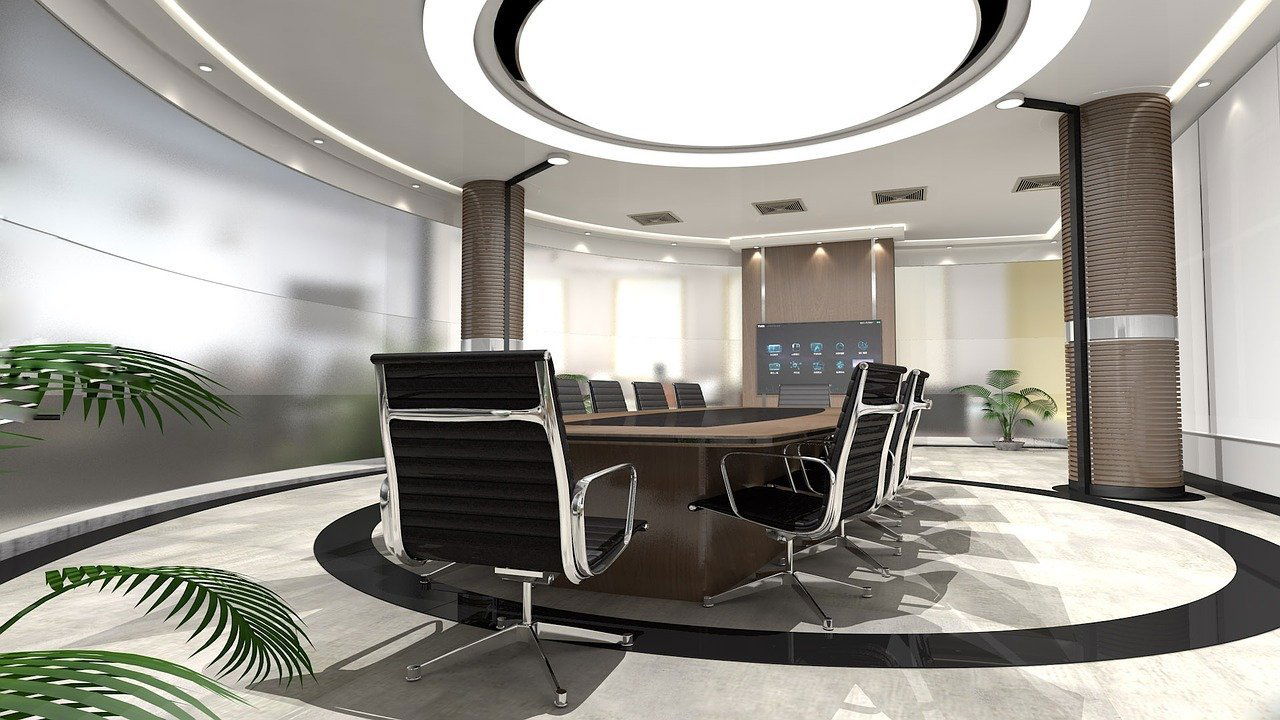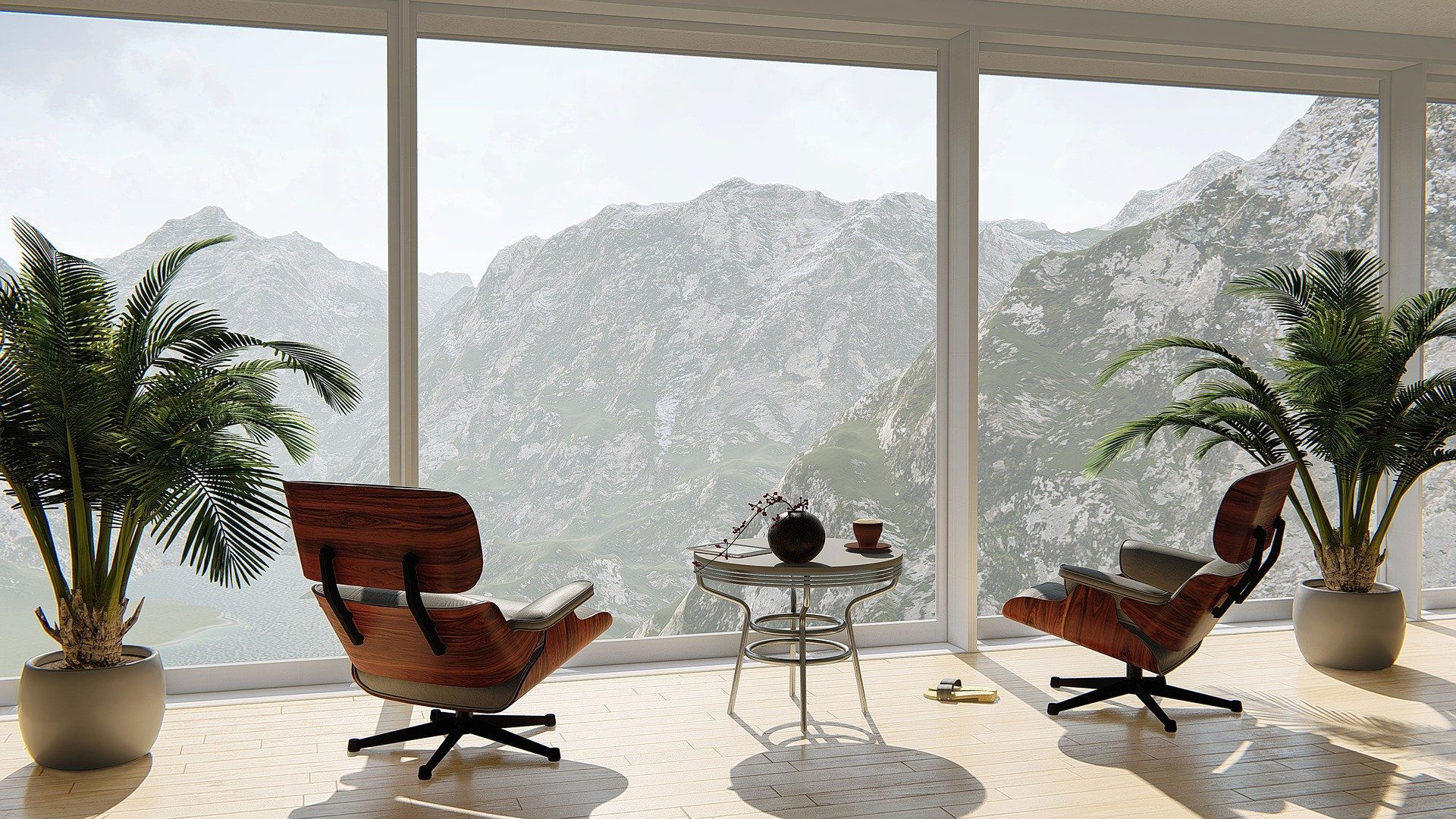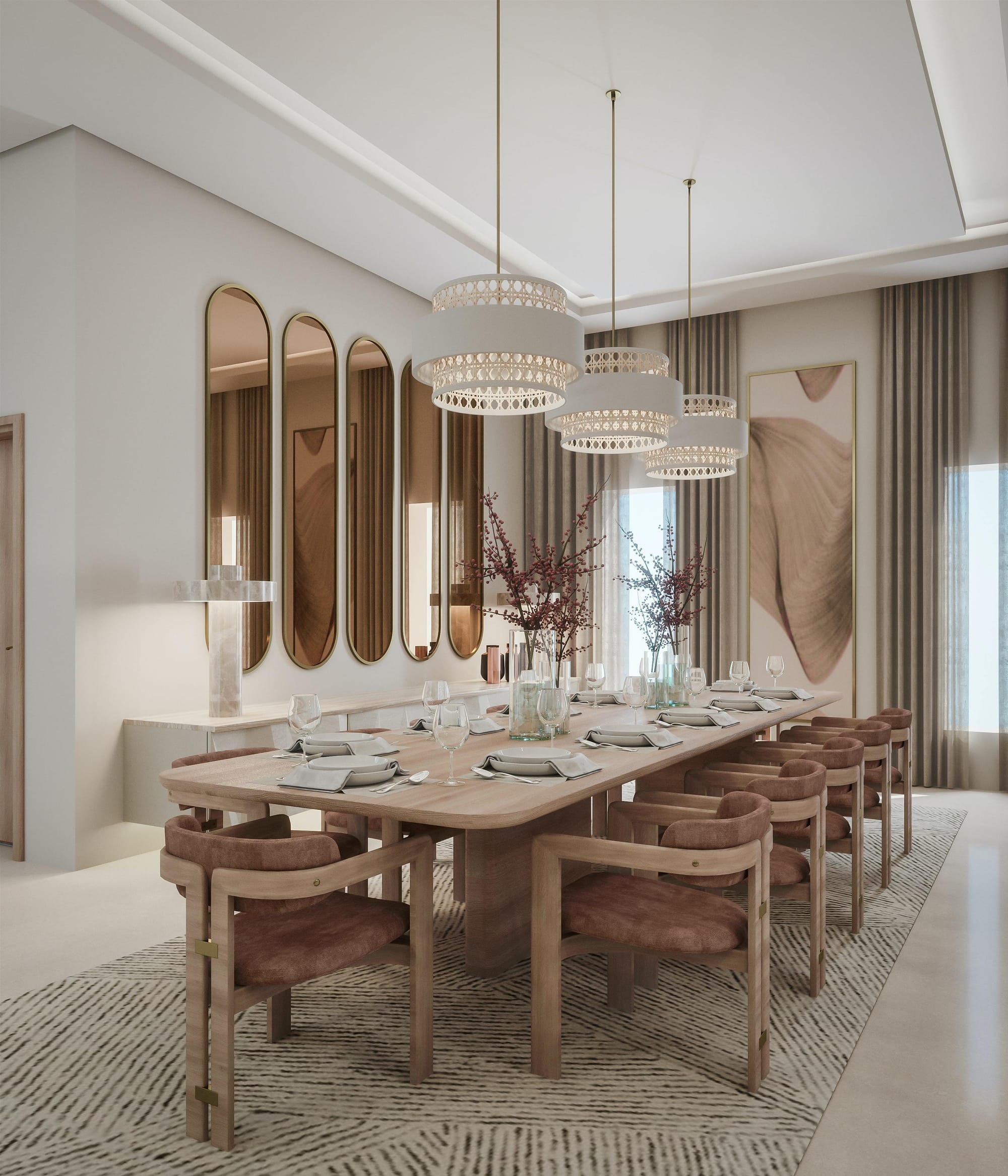Illuminate My Mind
09Jun
Lighting plays such an instrumental part in how our homes look. The right lighting sets
the atmosphere, allows us to define space and provides a backdrop on which we can
create harmony with furniture, furnishings and accessories.
However lighting plays a much more pivotal role in our lives and mental health.
How many of us understand that not only is the right lighting vitally important to finish a
perfectly designed space, but it also plays a crucial role in our emotional health and
wellbeing?
I’m sure that most of us don’t put much thought into how light might be affecting our
mood when we switch on the lights. We spend a lot of our day in a closed room bathed
in a combination of artificial and natural light.
If we start to be mindful of how we smile more on sunny days or how working at our desk
with the desk lamp emitting a white light when turned on, makes us feel more creative,
then we will be starting to understand how light affects our emotions.
Artificial light has presented man with numerous possibilities, it has also been the
creator of confusion in our bodies. Why do bright lights in offices work, but the same
lighting in a pub or restaurant would make us turn on our heels? The reason is of course
that light intensity and colour has a direct link to our minds. We experience both positive
and negative emotions more intensely under differing light conditions.
There is much written in the press about the negative effects of blue light at bed time,
how we should not sit in bed at night with our tablets or phones switched on. The blue
light they emit suppresses our body’s production of the sleep inducing hormone
Melatonin, which can make it difficult for us to fall asleep. Did we know however that
when we are exposed to the same blue light during the day we feel more alert and
energised? So maybe a quick burst of blue light in the morning could be a beneficial
thing.
Blue light is comprised of shortwave lengths which produce a high energy, this increases
our productivity through enhanced cognitive function, and continues to do so for a period
of up to 30 minutes after the blue light exposure ends. We should intelligently design the
use of blue light in spaces where the minds need to work at full speed and with increased
concentrations, such as meeting rooms, offices, industrial kitchens and even factories.
The benefits of natural sunlight is widely known, its ability to generate Vitamin D for our
bodies which can naturally decrease the symptoms of depression. Of course light alone
cannot cure depression but it is certainly useful in alleviating its symptoms.
But natural light has other benefits - studies show that exposure to sunlight makes us
exercise more, sleep better and generally gives us an uplifted feeling of wellbeing. In
addition natural light enables us to maintain our natural circadian rhythms which
subconsciously through the cycles of day and night, tell us when we should feel alert and
energetic or when we should feel sleepy. They are also linked to other rhythms of the
human body such as digestion, temperature control and even cell renewal. So windows
and skylights which allow natural light to flood our living spaces during the day are of real
value.
Light affects how much we eat, the speed at which we eat, the kinds of food we wish to
eat and even our perception of flavour.
In general we eat slower and consume less food in restaurants with softer subdued
lighting, however we should also note that we are potentially more likely to order more
unhealthy food in darker toned restaurants.
The benefits of subdued lighting and darker tones however is that it naturally makes us
less alert and more relaxed, so a better choice of lighting in a room where we want to
relax and switch off having had a busy, energetic day lounges, living rooms and
bedrooms.
Similarly brighter and stronger lights are recommended for the morning and during the
day. Opposite configurations may have negative effects on our emotions due to the
conflicts with our natural circadian rhythms.
Our choice of lighting is of vital importance to our mental wellbeing, just choosing that
lamp because it is quirky or will look good has to be intelligently integrated with what
bulb should I use in it, do I need a dimmer switch? How am I going to use the lamp and
when?
LED lighting provides a wonderful solution to this quandary, allowing us to adjust the
lighting, in every room and every light source through the click of a button, or the swipe of
a screen. So let us begin to use light more intelligently, and adopt technology which can
help us make decisions about the lighting we need.
Comments




